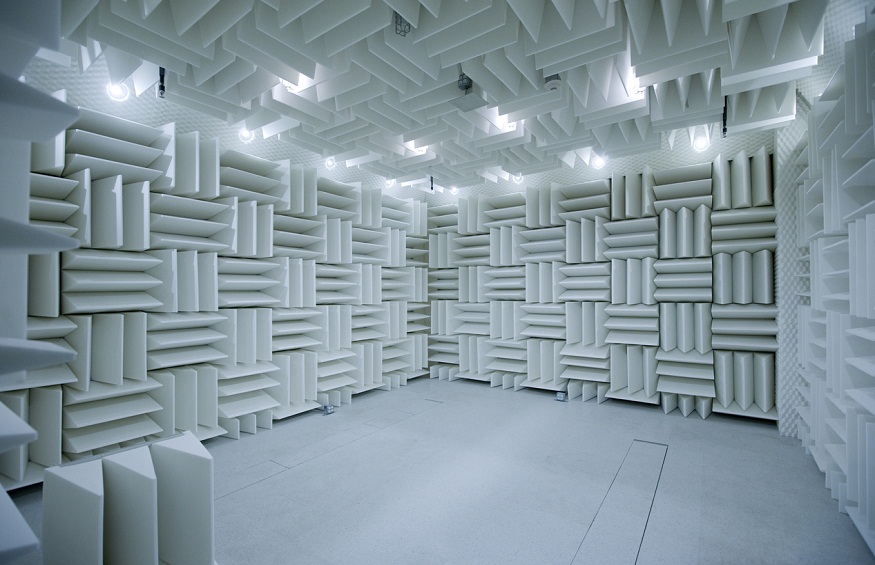The strongest desire in every teacher’s heart is seeing their students having an easy time grasping what they teach. Sound walls are the best tool to aid students decode, encode, and get better at spelling. I bet you want to see some more magic on what a sound wall can do.
How does a sound wall increase your students’ ability to learn?
As mentioned above, a sound wall is a brilliant tool for enhancing your students’ learning capability. The only question right now is, “how?” Below I have prepared a summary of vital steps that you must be aware of before implementing a sound wall.
1. Speech sounds and print
With sound walls, the magic begins by learning how to differentiate between sounds. The sole reason for this vital step is to enable the students to understand and determine letters. The students learn phonemes that are articulatory features regarding voicing, airflow, and how the mouths shape when pronouncing them.
The first step emphasizes the form and shape of the lips, tongues, and the voice box’s vibration when saying the different letters. Here, your student understands the foundation of language; hence it gets easier to put in place the graphemes for spelling and reading.
2. Attaching the keywords
By attaching the keywords, the student can remember the spelling by relating the keyword to the sound. The best way to navigate this vital step is by teaching your students the main grapheme that represents the sound.
3. Review the sounds daily
Practice makes perfect. Here you point to the representation of different mouth shapes or even a keyword to any sound and ask them to repeat each vowel. These teaching methods come in handy in increasing the students’ ability to stay aware of phonetics during practice.
4. Put the sound wall in use
At this stage, you engage in activities using the sound wall. This juncture is essential in distinguishing the features between the voices and voiceless phonemes. After modeling voice distinction, it is vital to produce individual consonant phonemes.
Also, you can attempt the pronunciation of related groups of phonemes. A good example is in letters like “p” or “b.” Speech guessing games and trying to pronounce sounds with lips close and letting the air out with your voice are among the most rewarding activities for effective use of a sound wall.
5. Incorporate independent learning by encouraging students to solve problems
Here you can provide students with a test to help them think about developing the intended sound hence forming words. For instance, you can ask them to spell the word night after providing them with “igh” as the key phonemes.
To wrap it up
At this juncture, it is prudent to invite every teacher to launch a dipper in ways to ensure proper implementation of sound walls. Word walls have since failed to meet the desired expectation. Hence, you are welcome to explore the sound walls’ world to enable your students to understand different sounds better.




